Don’t Throw Away Those Brown Bananas! Here Are 3 Brilliant Ways To Use Them In Your Garden
Forget banana bread! Give those brown bananas a second life in your garden. Our experts share 3 of their favorite ways to use bananas in the garden.
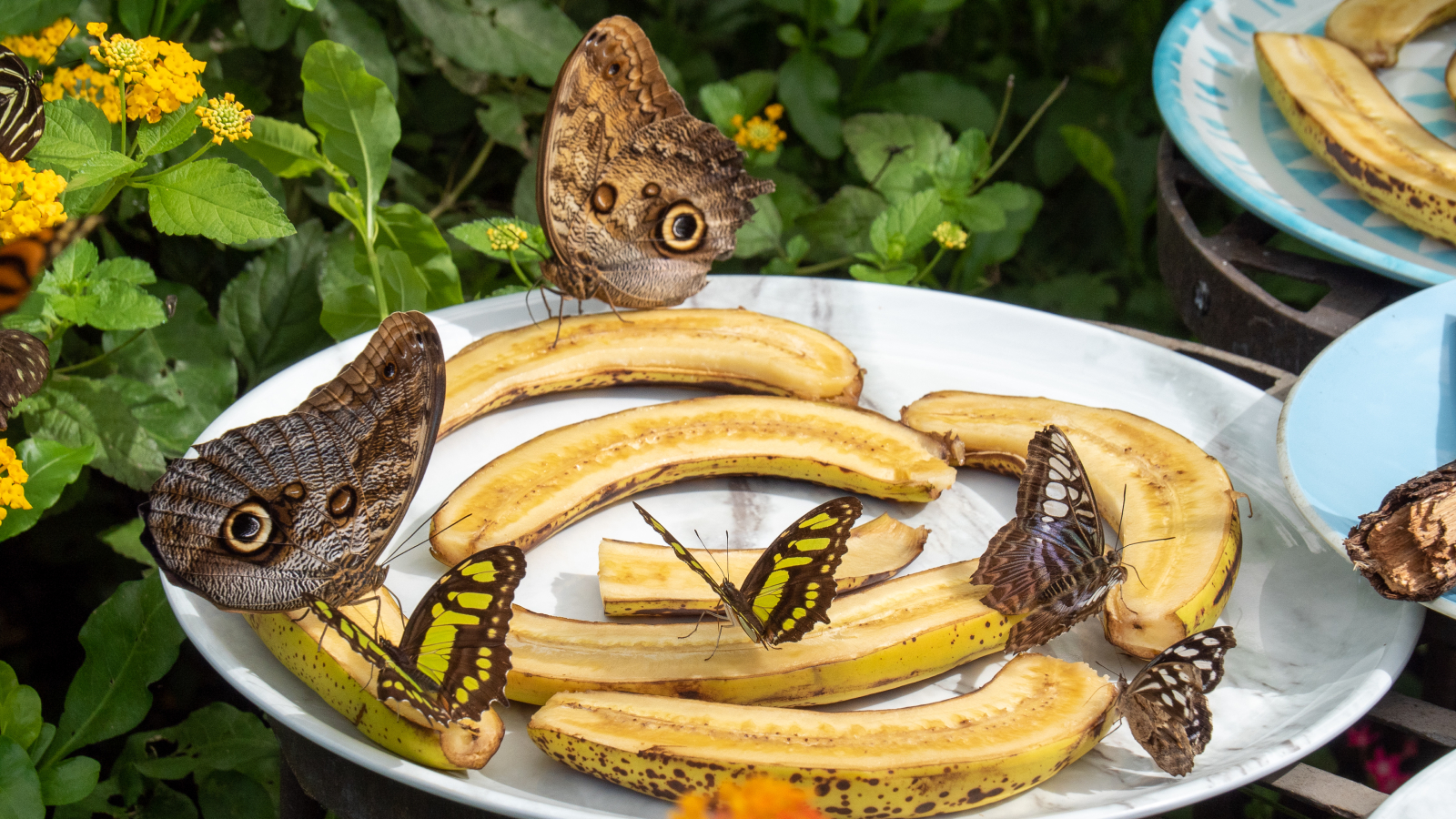

It seems like as soon as you buy bananas, they’re already brown. The go-to answer is to whip up a loaf of bread, but there’s only so much banana bread you can eat. Luckily, there are some less obvious ways to use brown bananas in the garden that will help you use up those overripe fruits.
With so many wacky online hacks and TikTok gardening trends out there these days, especially about using garbage to make plants grow better, it can be hard to sort out the rotten ideas from the truly fruitful ones. That’s why our experts decided to select some of their favorite ways to use bananas in the garden that actually work.
Here are three of their favorite uses for brown bananas—other than banana bread.
How to Use Brown Bananas in the Garden
If you have a bunch of brown bananas lying around, don’t throw them in the trash. Try one of these ingenious ideas for using bananas in the garden instead.
1. Give Pollinators a Sweet Treat
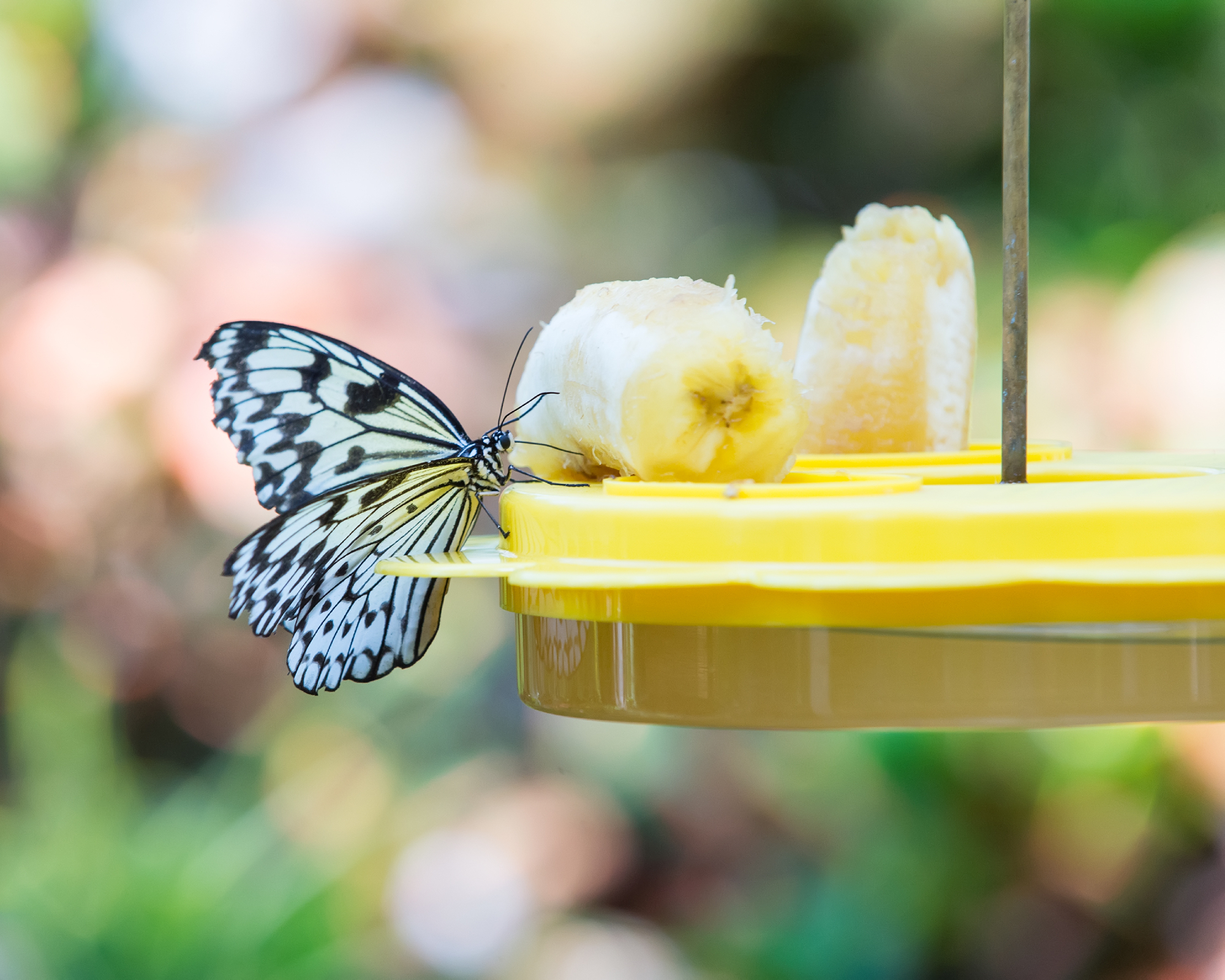
Humans and monkeys aren’t the only ones who love to eat bananas. Pollinators love them, too! When it comes to butterflies, the browner the banana the better.
Slice your bananas lengthwise down the middle or cut them into medallions and place them on a dish in your pollinator garden for butterflies and bees to eat. You can also place a banana directly onto a butterfly feeder or get a specialized banana hanger for butterflies on Amazon to make it even easier for pollinators to feast on the fruit.
Brown bananas are a great supplementary source of food for pollinators in addition to nectar-producing plants. To help keep ants away from brown bananas, pour a little water in the dish around them. Ants won’t cross the water to get to the fruit. You can also add a pollinator watering station nearby to create a mini oasis for bees and butterflies. Our experts love these best-selling Bee Cups from the Gardening Know How Shop.
Sign up for the Gardening Know How newsletter today and receive a free copy of our e-book "How to Grow Delicious Tomatoes".
2. Turn Old Peels Into Plant Food
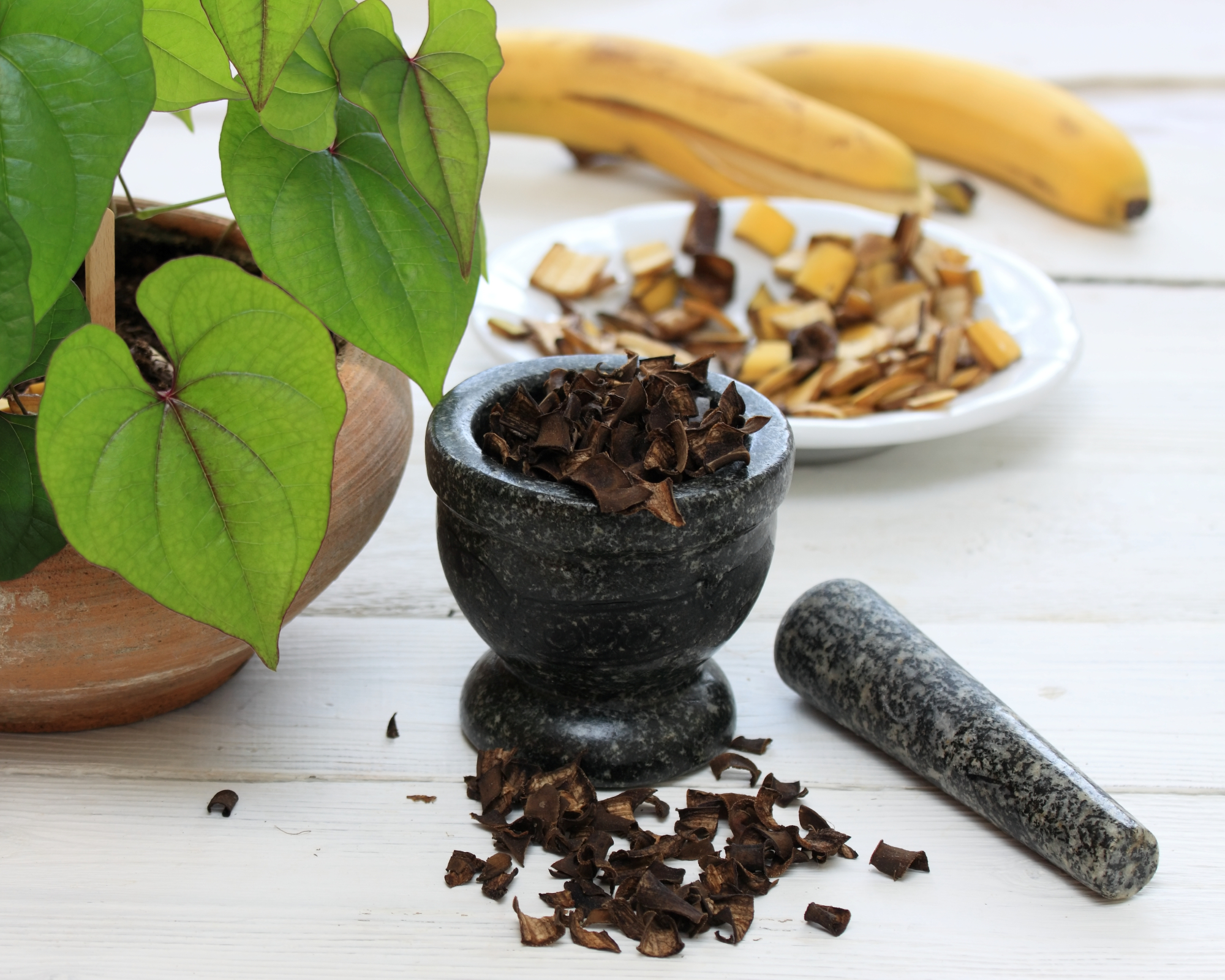
Ok, so this one is a popular TikTok plant hack, but our gardening experts stand behind it. Banana peels are a go-to ingredient in our scientist-turned-garden writer Mary Ellen’s homemade orchid fertilizer recipe. She boasts her recipe always brings more blooms on her orchids.
Banana peels are also said to be a natural black spot remedy for roses. Our garden experts aren’t convinced, but they do recommend planting peels directly into the soil around rose bushes to give them a boost of nutrients as the bananas break down.
They also recommend using banana peels as a simple DIY succulent fertilizer and pest repellent. First cut up and dry the banana peels, then crush or blend them into a powder you can sprinkle around plants or mix with water to create a nutrient-rich homemade plant food. The calcium, magnesium, potassium, and phosphorus in the banana peels not only provides nourishment to plants, but the sulfur that’s released as the peels rot also helps keep away pests.
3. Add Bananas to Your Compost Bin
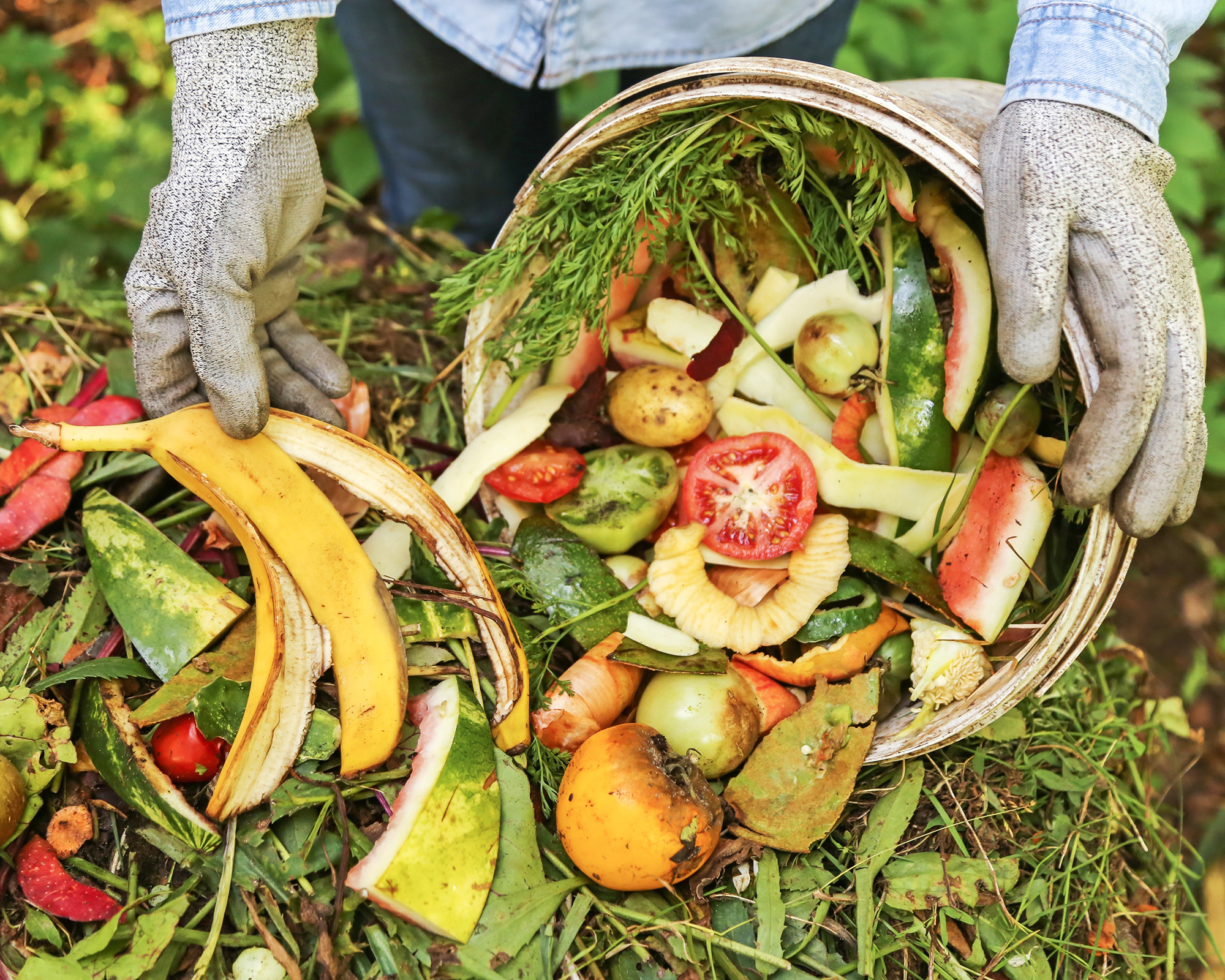
Whether it’s brown bananas, rotten apples, or limp lettuce, you should never throw produce that’s past its prime into the garbage can. Put it in a compost bin or pile instead.
When you throw produce in the trash, it ends up in a landfill. From there it releases methane and can even pollute waterways. Help reduce food waste in landfills by composting in your garden or on your countertop with an electric composter like this one made by Reencle, which you can get in the Gardening Know How Shop.
Brown bananas are great “green” material for composting at home. To compost bananas, simply throw them in whole—but remember to remove any stickers! Then cover with a layer of “brown” materials and let the bananas do their magic.
This article features products available from third party vendors on the Gardening Know How Shop. Keep in mind that our plant inventory is limited—so if you’re thinking of purchasing, don’t wait!
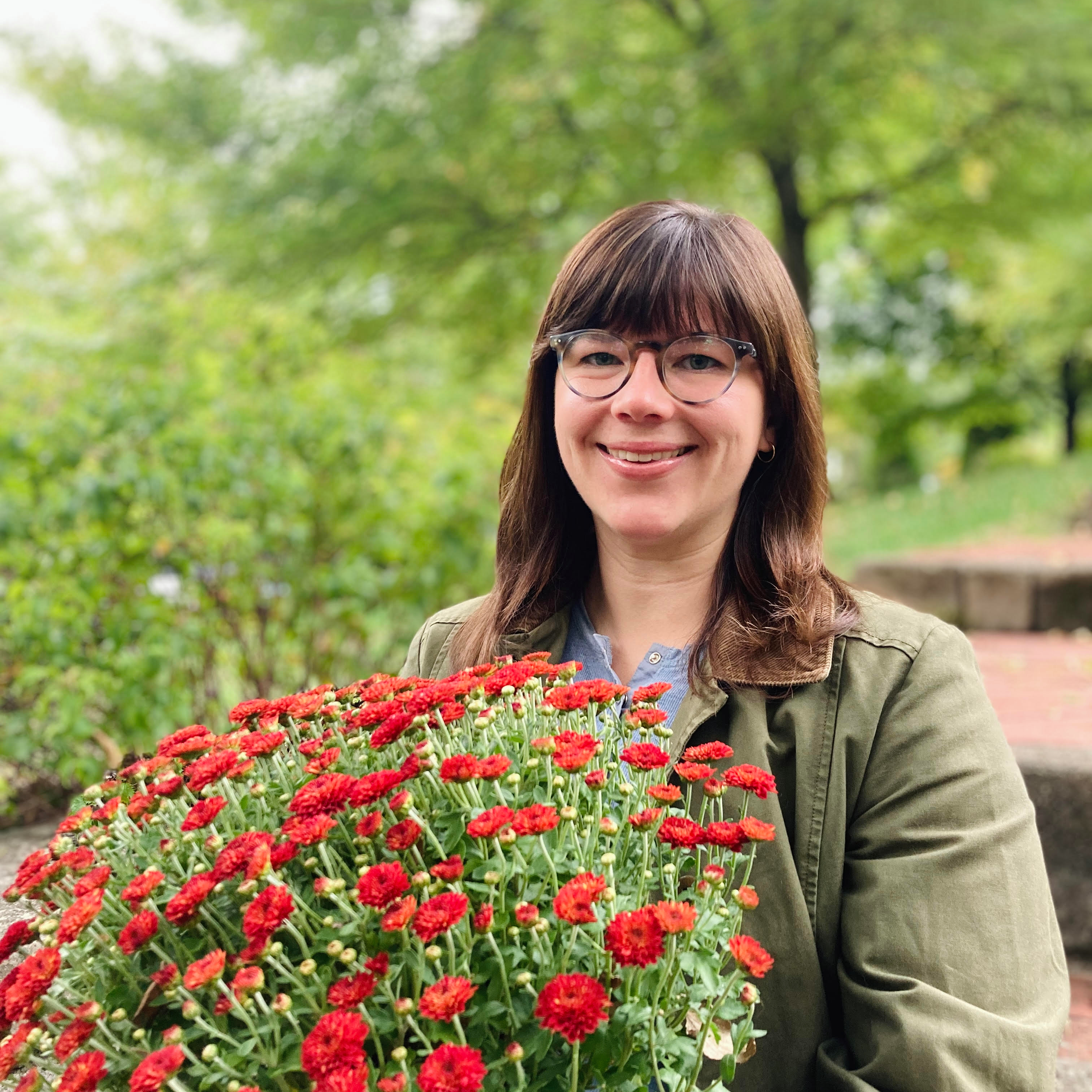
Laura Walters is a Content Editor who joined Gardening Know How in 2021. With a BFA in Electronic Media from the University of Cincinnati, a certificate in Writing for Television from UCLA, and a background in documentary filmmaking and local news, Laura loves providing gardeners with all the know how they need to succeed, in an easy and entertaining format. Laura lives in Southwest Ohio, where she's been gardening for ten years, and she spends her summers on a lake in Northern Michigan. It’s hard to leave her perennial garden at home, but she has a rustic (aka overcrowded) vegetable patch on a piece of land up north. She never thought when she was growing vegetables in her college dorm room, that one day she would get paid to read and write about her favorite hobby.